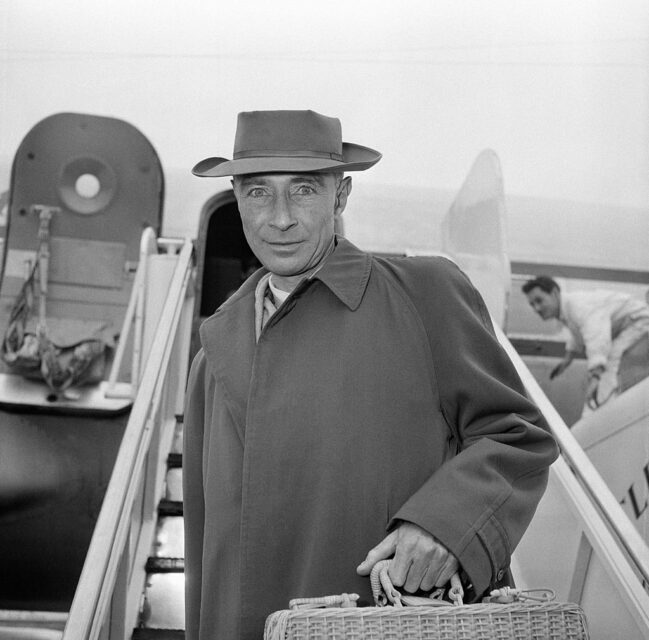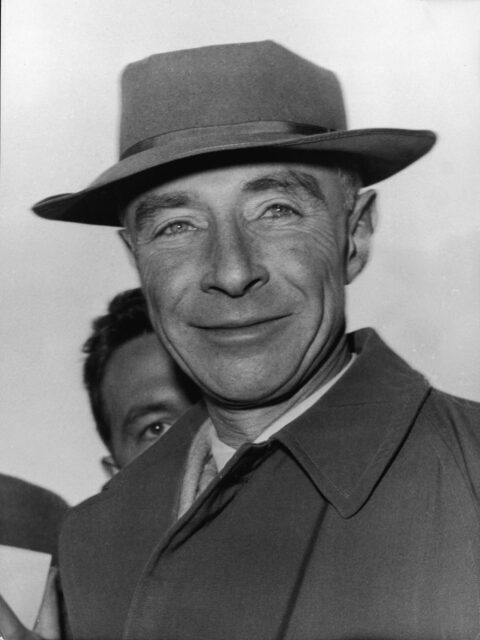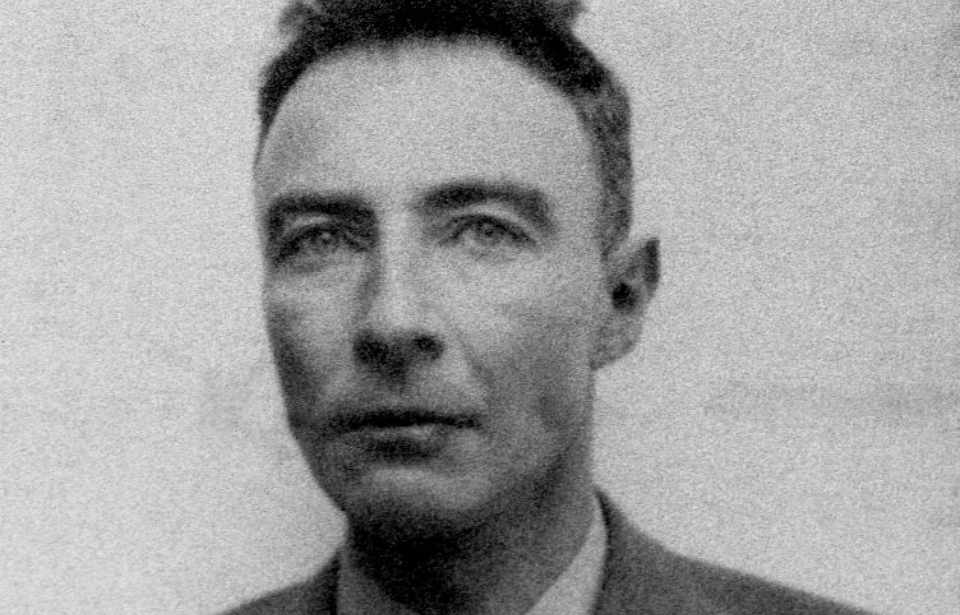The release of Oppenheimer in 2023 has increased the public’s interest in the life of the “Father of the Atomic Bomb.” However, one thing no one’s able to do is visit J. Robert Oppenheimer’s grave. There’s a reason for this, and it’s tied to his work with the Manhattan Project, as well as his personal beliefs.
J. Robert Oppenheimer fled to the Virgin Islands

Ten years after the Trinity Test took place, J. Robert Oppenheimer made the decision to hide away from the rest of the world. In 1955, he moved to the Virgin Islands with his wife, daughter and son. The family lived on a two-acre plot on Hawksnest Bay, St. John – a virtually uninhabited part of the archipelago that doesn’t appear on most maps.
There were multiple reasons as to why Oppenheimer decided to remove himself from society. One was his deep involvement with US military secrets, causing the government to keep him under constant surveillance. Moving to St. John’s kept the FBI off of his back, where he could sail and write poetry to his heart’s content without being under their watch.
Another reason was he’d become increasingly concerned about nuclear war after seeing the destruction the atomic bomb could cause. His anti-nuclear stance resulted in him choosing the Virgin Islands, as he believed they would be “one of the last places affected by nuclear fallout.”
Oppenheimer lived there with his family until 1967. A beach has since been named for him.
Opting for cremation, not a burial

The reason no one can visit J. Robert Oppenheimer’s grave is because he doesn’t have one. He was a man of complicated beliefs, and one thing the theoretical physicist couldn’t find faith in was the existence of the immortal soul; just like his atomic bomb, he believed death was the utter and complete end of life.
As such, when Oppenheimer died from throat cancer on February 18, 1967, he chose to be cremated.
While you technically can’t visit a grave, you can travel to the Virgin Islands and head to Oppenheimer Beach, where his wife scattered his ashes into the ocean at his favorite spot, Carvel Rock.
A lasting memorial to J. Robert Oppenheimer

Sadly, death would continue to plague the family not long after J. Robert Oppenheimer’s death.
Five years after his ashes were scattered, his daughter went through the same ceremony following the death of her mother and Oppenheimer’s wife. Just five years after that, Katherine took her own life.
More from us: The True Story Behind the Netflix Film, ‘The Forgotten Battle’
The modest Oppenheimer bungalow had remained within the family after Oppenheimer’s death. However, prior to her passing, Katherine penned a note that left the property to “the people of St. John.” While the original home no longer exists, having fallen victim to a hurricane, the Virgin Islands Government operates and maintains a community center nearby.
